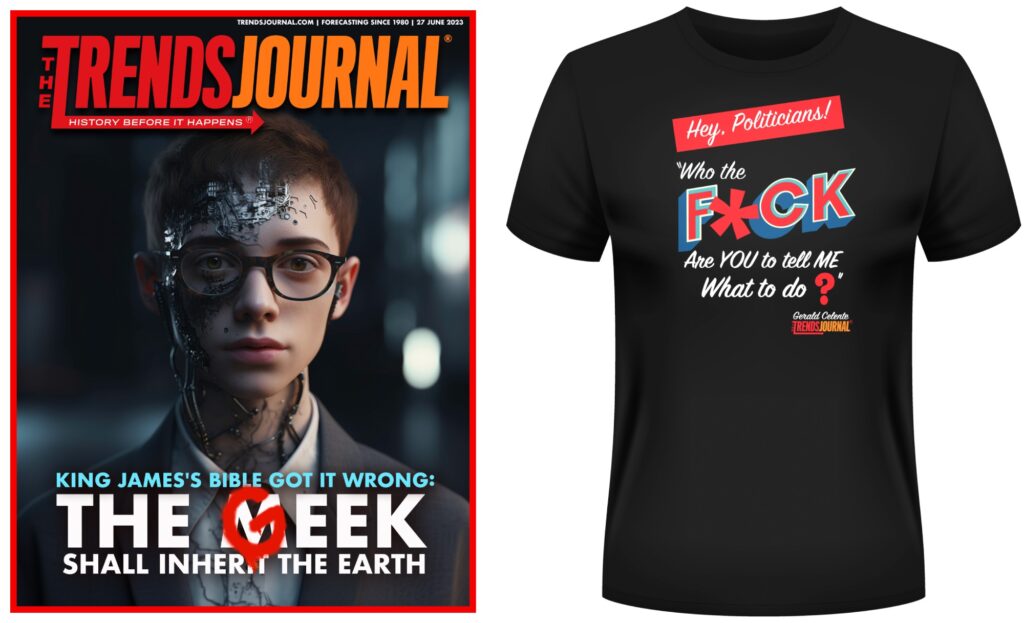|
|
Purveyors of luxury goods such as LVMH, Prada, and Richemont, recovered early from the COVID crisis, with many of the firms boosting prices by as much as 20 percent on some items since the beginning of 2021, The Wall Street Journal noted.
Now investors think the high life might not be so rich.
Share prices of luxury-goods companies have plummeted about 30 percent in the aggregate this year, with LVMH, Kerig, and Richemont now trading near their March 2020 bottoms.
The industry showed 12-percent annual gains in 2010, 2011, and 2012 as the Great Recession eased and newly flush Chinese consumers splurged, adding as much as 15 percent to the sector’s annual revenues, according to Bain & Co.
However, luxury brands now have dozens of boutiques all over China. Annual global sales are averaging about 80 percent more than in 2008, making it difficult to expand the market, especially as inflation eats peoples’ discretionary incomes and a recession may be lurking ahead.
“If China continues to enforce its zero-COVID policy, the probability of a global recession increases,” analyst Luca Solca at Bernstein told the WSJ.
In the U.S., luxury purchases by people earning no more than $50,000 annually doubled in 2021 compared to 2019, Bank of America data shows, but “those shoppers are already starting to pull back,” the WSJ found.
Also, a healthy market in used luxury items has grown up, allowing consumers to indulge at lower prices.
That market brings no benefit to the luxury companies themselves.
“Investors are rightly skeptical when profits could be about to fall,” WSJ analyst Carol Ryan said. “Luxury prices may be going up but luxury stocks are another matter.”
TREND FORECAST: It is a simple equation. The higher incomes rise and the more people move to upper middle class, the more luxury sales grow.
However, across the globe—and especially in China where zero policy COVID War mandates have been imposed and is a big luxury market—economies will sink lower and more people will be moving down the economic ladder than up.
The bottom line, as supply greatly outstrips demand, there will be more mergers and the biggest in the luxury market will grow bigger as they buy out the financially stressed competition.

 العربية
العربية 简体中文
简体中文 Nederlands
Nederlands English
English Français
Français Deutsch
Deutsch עִבְרִית
עִבְרִית Italiano
Italiano 日本語
日本語 한국어
한국어 Latin
Latin Polski
Polski Português
Português Русский
Русский Español
Español ไทย
ไทย Türkçe
Türkçe Українська
Українська Tiếng Việt
Tiếng Việt

